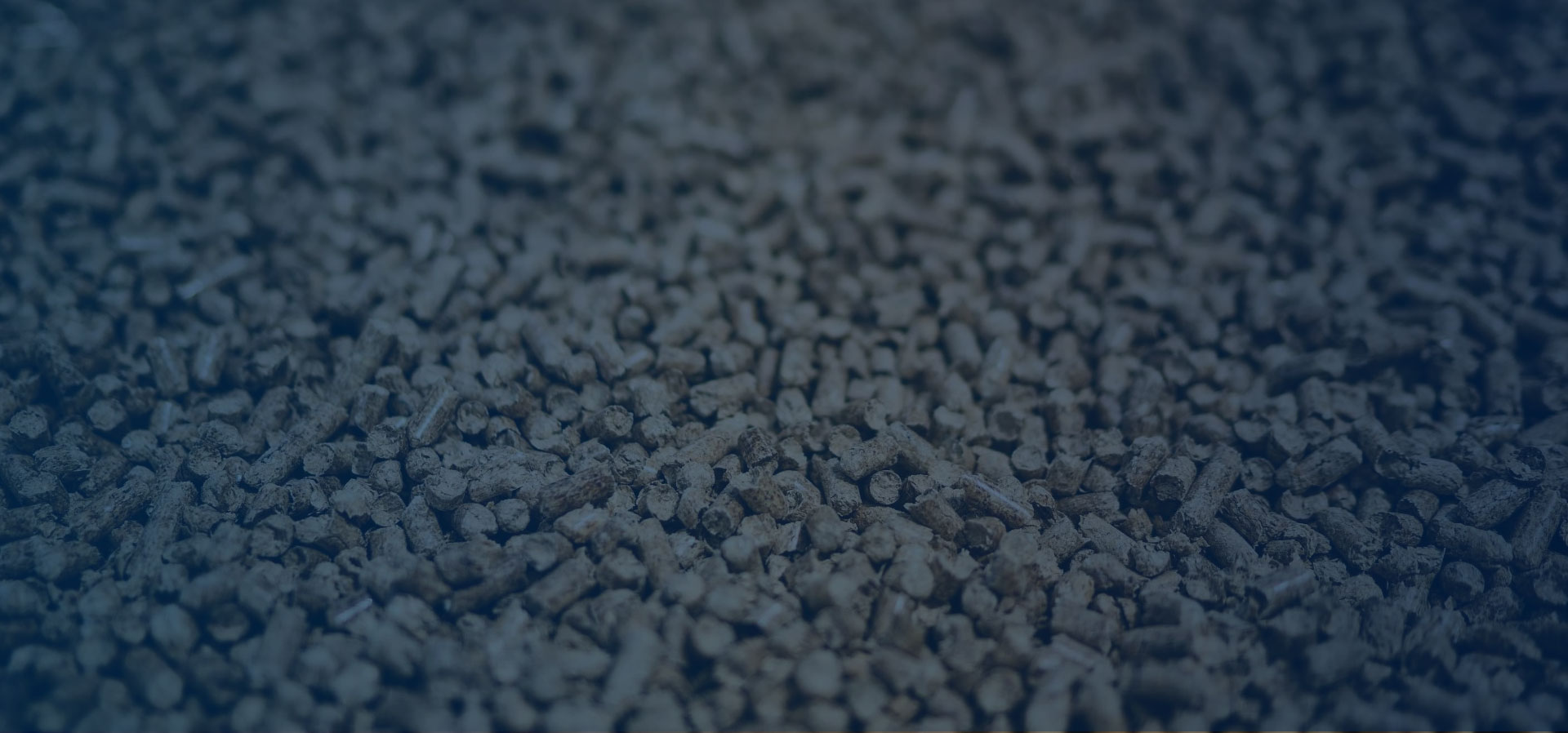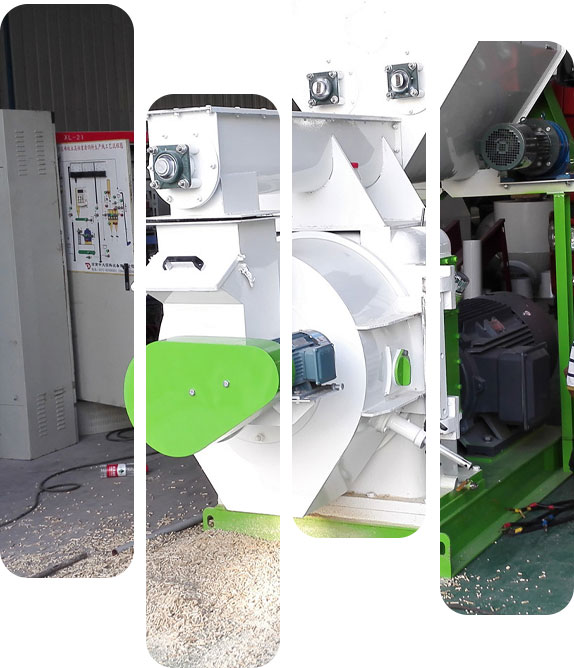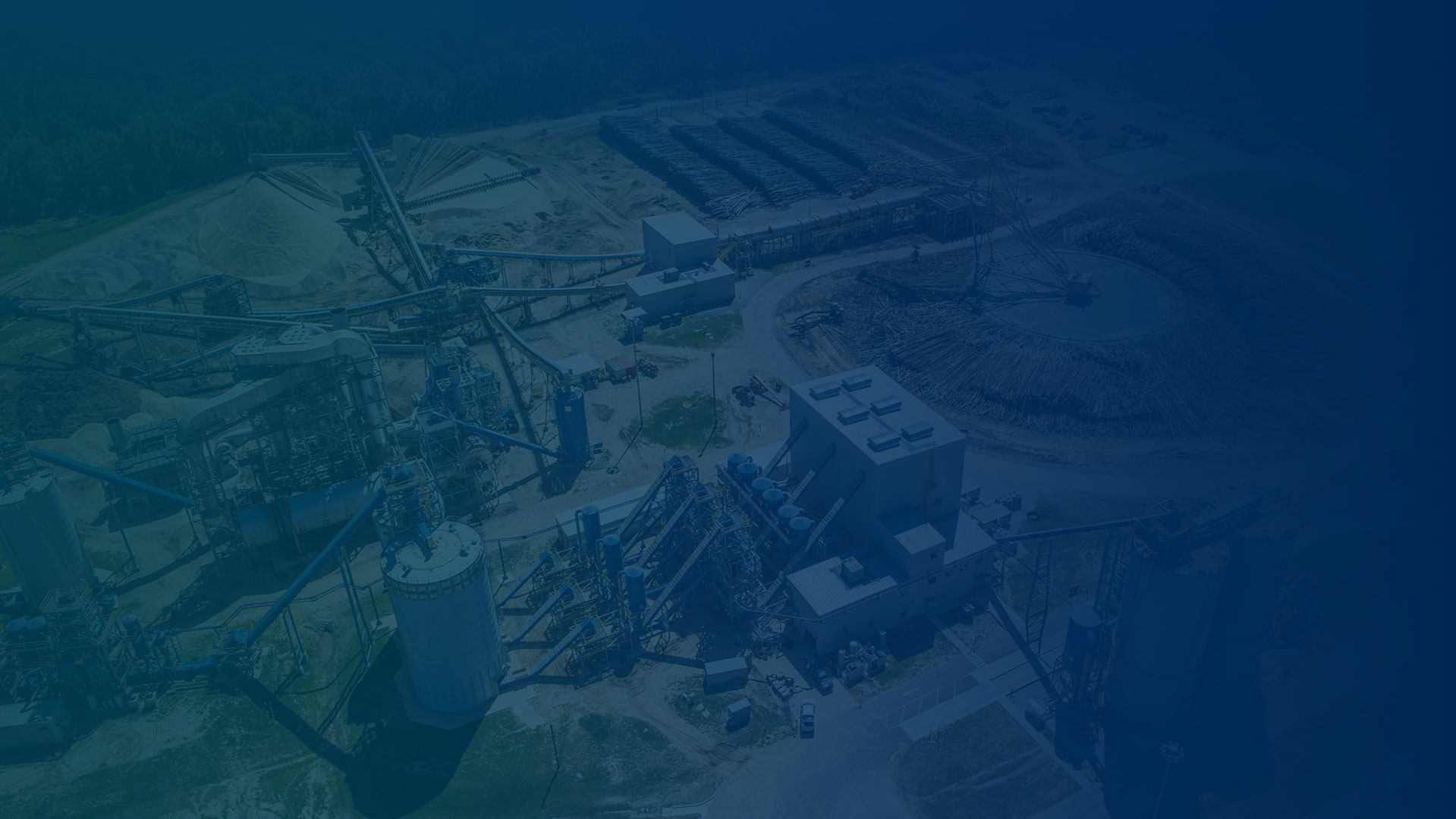
From forestry waste of wooden materials to agricultural waste of straw materials, and even various types of biomass organic matter, RICHI Biomass Pellet Machine can bring you surprises.
Logs, branches, shavings, sawdust or other wood waste materials, pellet production greatly improves their combustion resistance, higher calorific value and less ash.
In addition to being used as animal feed raw materials (especially cattle and sheep feed), this type of raw material is also a good substitute for the production of fuel pellet raw materials.
As an all-round pellet production equipment, RICHI Pellet Machine can bring you unexpected results in pelletization for most biomass organic raw materials.
Designed for high throughput, optimized feeding and pelletizing ensures fast, consistent pellet production.
Easily replace ring dies with different apertures for pellet production to meet the dietary requirements of different animal species.
User-friendly design with quick access to key components simplifies cleaning, repair and routine maintenance.
High-specification forged production, robust construction and stable operation, greatly extending service life.


What kind of pellet plant do you want to establish?
How many tons per hour about this plant you want to build?
Where is this pellet plant going to be built?
When do you plan to start the operation?
A biomass pellet mill is a specialized machine used to compress biomass materials, such as wood chips, sawdust, straw, agricultural residues, and other organic waste, into uniform, dense pellets. These pellets are primarily used as a renewable energy source for heating, electricity generation, and as a sustainable alternative to fossil fuels.
A biomass pellet mill is an essential piece of equipment in the sustainable energy and waste management sectors, contributing to environmental conservation and efficient resource
Biomass pellet mills can process a wide range of materials, all of which are renewable and eco-friendly. These materials typically fall into three main categories:
Biomass pellet mills are versatile and can adapt to a wide range of materials, making them an ideal solution for turning waste products into sustainable energy or feedstock.
A pellet mill works by compressing raw materials into dense, uniform pellets. The process is achieved through a combination of heat, pressure, and mechanical force. Here's an overview of how it works:
The ideal moisture content for biomass pelletizing typically ranges between 10-15%. This level ensures that the material has enough moisture to act as a natural binder during compression while avoiding excess water that could hinder pellet formation or cause mechanical issues in the pellet mill. Maintaining this moisture range is critical for achieving optimal pellet density, durability, and combustion efficiency, as well as preventing cracks or fines in the finished pellets. Proper moisture control also enhances the efficiency and longevity of the pelletizing equipment.
Energy consumption varies by model and material type but is designed to be efficient.
Maintenance for biomass pellet mills is crucial to ensure optimal performance, extend equipment lifespan, and maintain pellet quality. Regular upkeep focuses on key components such as the die, rollers, and motor, which experience the most wear during operation. Cleaning the die and rollers after each use prevents material buildup that could reduce efficiency and lead to uneven pelletizing. Proper lubrication of moving parts, including bearings and gears, minimizes friction and wear, ensuring smooth operation and reducing the risk of mechanical failure.
Periodic inspection of the electrical system and motor is necessary to identify any signs of overheating or electrical faults, which could disrupt production. Additionally, replacing worn components like the die and rollers when they show signs of damage or reduced output capacity is essential for maintaining consistent pellet quality. A well-maintained pellet mill not only operates more efficiently but also lowers long-term operational costs by preventing unexpected breakdowns and downtime.
The lifespan of biomass pellets depends on factors such as their composition, storage conditions, and intended use. Generally, when stored correctly, biomass pellets can last for 6 months to 3 years or longer without significant degradation.
Biomass pellets have many environmental, economic and practical advantages. Refer to the followings:
The size of the biomass pellet mill you should choose depends on several factors related to your production requirements and resources. Here's a guide to help you make the right choice:
RICHI Machinery offers a wide range of biomass pellet mills with capacities and configurations tailored to various needs, ensuring you find the perfect match for your operation.
Yes, biomass pellet mills are designed to handle a wide variety of materials, making them versatile tools for pellet production. The types of materials they can handle depend on the mill's specifications, mold design, and motor power, but generally include: woody materials; agricultural waste; municipal solid waste; grass materials; and a variety of raw biomass organics.
If you need further information, please contact us

Note: Pellet production is a continuous and complex process, requiring many equipment to complete the production from raw materials to finished pellets. Therefore, it is suitable for commercial projects but not for personal use.

RICHI stick to the service principle is: We are focusing on your future, your future is our future!
© HENAN RICHI MACHINERY CO., LTD 1995-2025